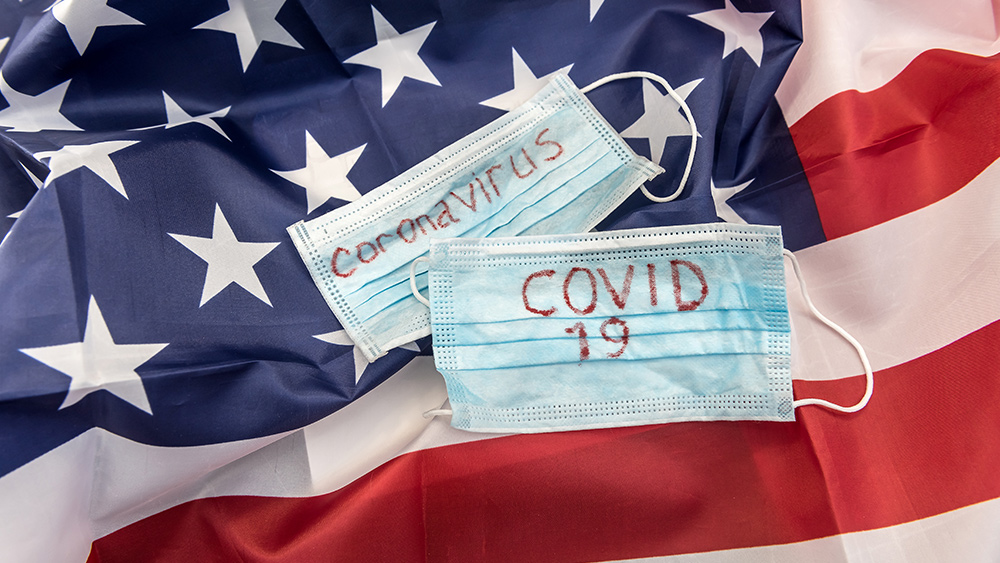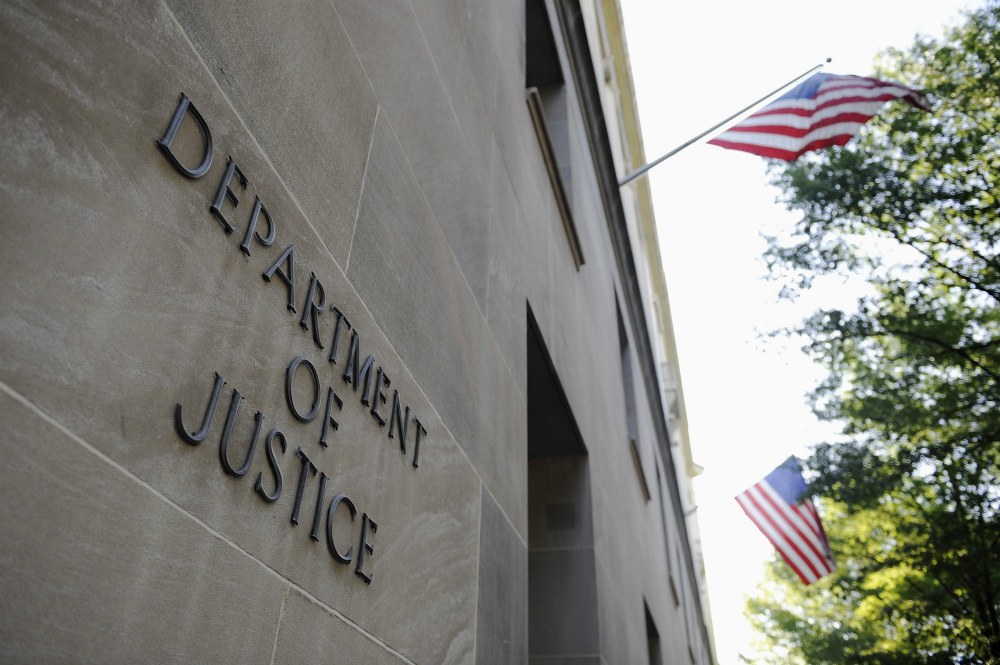
These record high coronavirus numbers come as the state's plan to partially reopen its economy hits several stumbling blocks, as many areas in Virginia are granted exemptions to the reopening strategy.
As of writing, Virginia has recorded 27,813 cases of COVID-19 and 955 deaths.
Northern Virginia, Accomack County and City of Richmond to remain under lockdown
Virginia Gov. Ralph Northam previously said that Virginia will continue with its plan to get the state's economy up and running again on Friday. However, this comes with a caveat, as Northern Virginia will not enter Phase One of the state's reopening strategy for another two weeks. This decision was made due to the fact that the coronavirus outbreak has hit Northern Virginia especially hard.
Northern Virginia comprises 13 counties and seven independent cities that are considered part of the Washington Metropolitan Area. It is the most populous region in the state.
Other parts of Virginia are also applying for exemptions to Northam's reopening strategy. Officials from Accomack County, one of the two counties of eastern Virginia in the Delmarva Peninsula, voted on May 13 to request for a delay in reopening. The City of Richmond, the capital of Virginia, submitted a similar request on May 14. Northam granted both of the requests, allowing them to extend their current lockdown measures until May 28.
“As I have said previously, Virginia's Phase One guidelines represent a floor, not a ceiling,” said Gov. Northam in a news release. “I have encouraged local leaders to request exemptions when appropriate, and I am pleased to grant the delays for both Accomack County and the City of Richmond.” (Related: No protests allowed: Virginia governor “Blackface” Northam signs bevy of gun control bills while citizens are locked down due to coronavirus.)
Northam's proclamation amends Executive Order 62, which originally granted an exemption just for Northern Virginia, to now also include Accomack County and the City of Richmond.
https://twitter.com/GovernorVA/status/1260322166907822082
Gov. Northam's office has stated that about 70 percent of the state's new coronavirus cases can be attributed to Northern Virginia. Accomack County reported its second highest daily increase of COVID-19 cases on Thursday with 48. The county also has the third highest rate of per capita cases in the state, behind only Richmond County and Buckingham County. It even has more cases than Virginia Beach, the state's largest city.
Listen to The Health Ranger Report with Mike Adams, the Health Ranger, as he talks about how state governments have weaponized the coronavirus lockdowns.
Most of Virginia will continue with Phase One
Northam explained during a livestreamed press conference what Phase One will look like in Virginia.
During this phase, both teleworking and the wearing of face masks will remain strongly encouraged and the 10-person limit on gatherings currently in place remains in effect. Schools, overnight summer camps and entertainment and other public amusement facilities will remain closed as well.
Nurseries and other child care establishments, which were never closed down, will remain open, but their services are limited to working families only. Fitness gyms and other similar establishments will remain closed, but are allowed to resume outdoor fitness classes.
This same measure will be extended to restaurants, which were allowed to remain open on a takeout and delivery only basis. In Phase One, restaurants will be allowed to open outdoor seating premises at 50 percent capacity.
https://twitter.com/GovernorVA/status/1259190523572752385
Both non-essential retail establishments as well as places of worship such as churches and synagogues will be allowed to reopen, but only at 50 percent indoor capacity.
Private campgrounds will be allowed to reopen without any restrictions on capacity, and personal grooming services will be available on a by-appointment basis and with strict adherence to social distancing and face covering restrictions.
Phase One is expected to last at least two weeks. Northam stated that Virginia will require a lot of very positive “health metrics” before he can even consider moving to Phase Two. Some of these will include a downward testing trend in COVID-19 tests, available hospital bed capacity and a stable amount of personal protective equipment (PPE) such as gowns and masks.
Sources include:
Please contact us for more information.























